Code, test, debug, repeat. A daily routine of any developer consists of these three main activities with complementary challenges added as bonuses to each of them.
Luckily, the strong-growing popularity of Python has provided programmers with a wide range of granted frameworks, libraries, and IDEs to facilitate their workflow.
Today, we will discuss top Python frameworks, their advantages, and disadvantages to help you pick up the best for the development of your application.
What is the Python Framework
Python web framework makes the development process faster and easier by providing a collection of packages and modules that enable programmers to write web apps or services. Web frameworks free software engineers from managing routine tasks such as low-level details like protocols, thread management, etc, giving them the ability to concentrate on application logic.
Main Things You Should Know Before Choosing the Right One
As of 2025, Python has finally taken the place of C in the list of most popular programming languages. It comes as no surprise that the number of those willing to program in Python has also been growing, keeping Python the most wanted language for the fifth year in a row, according to the Stack Overflow Developer Survey.

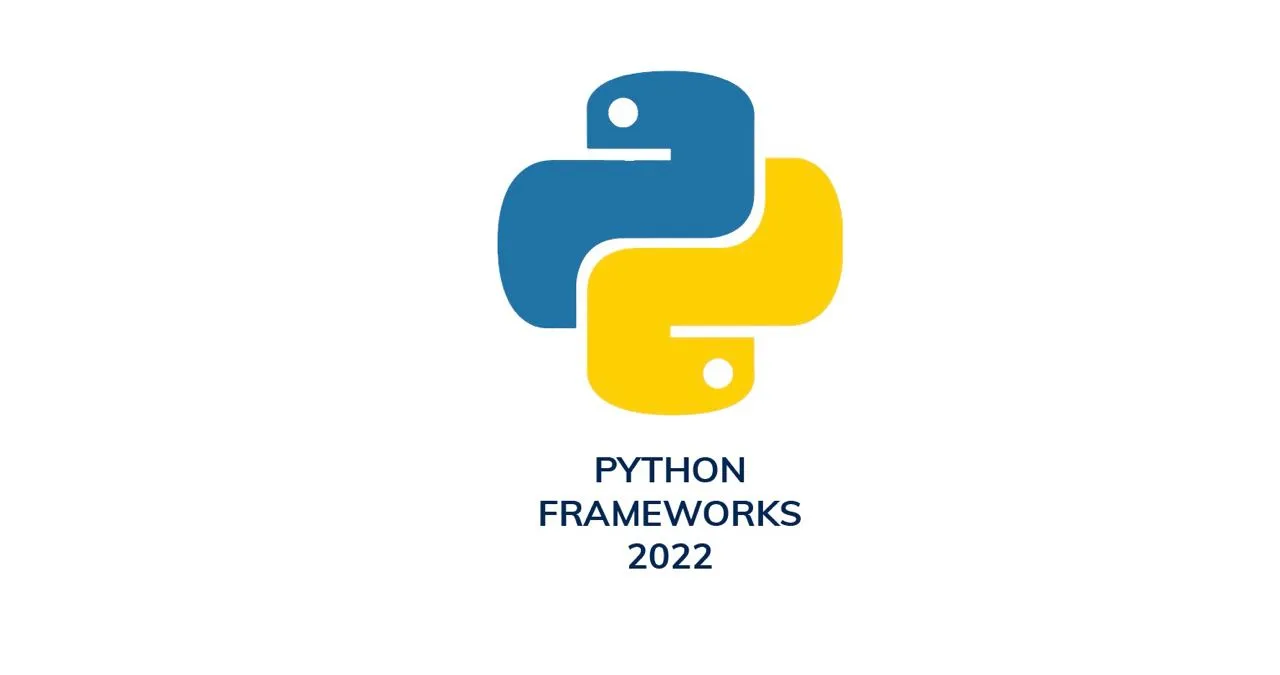



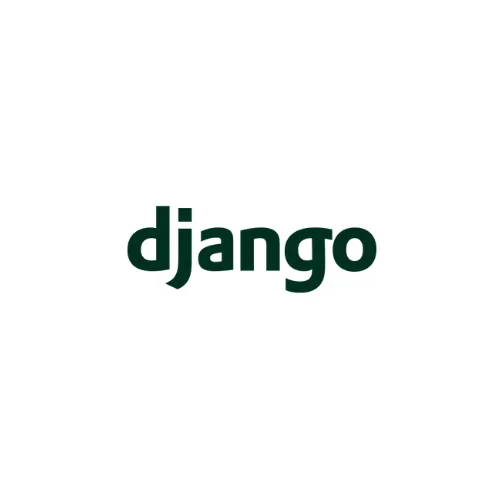
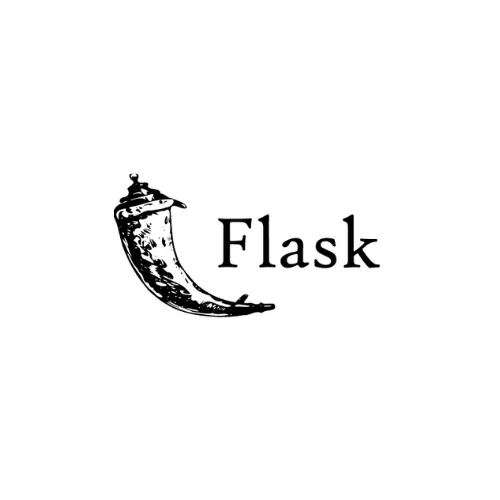
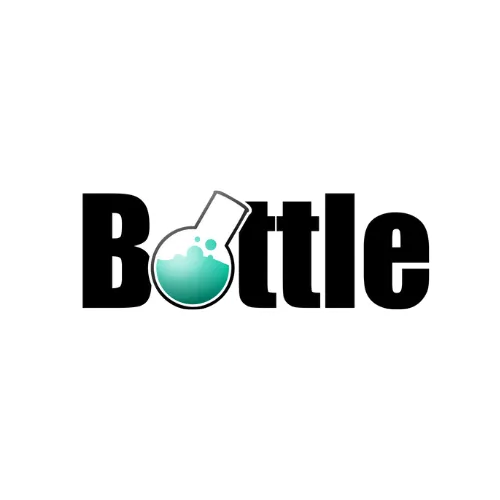

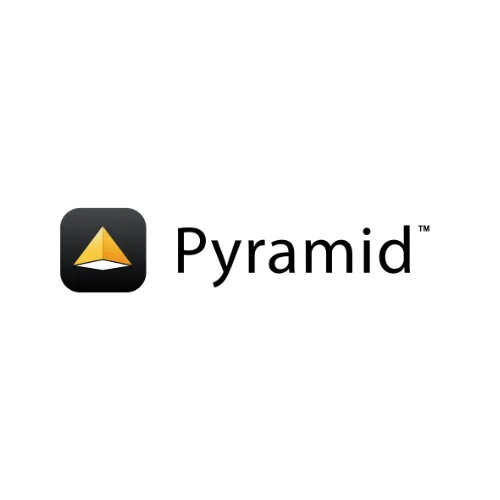
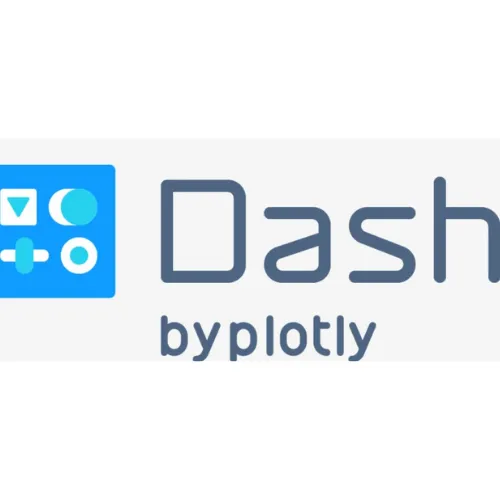

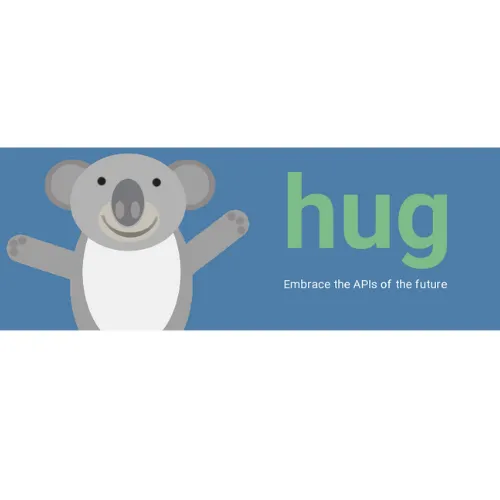



_1764586939-small.webp)
